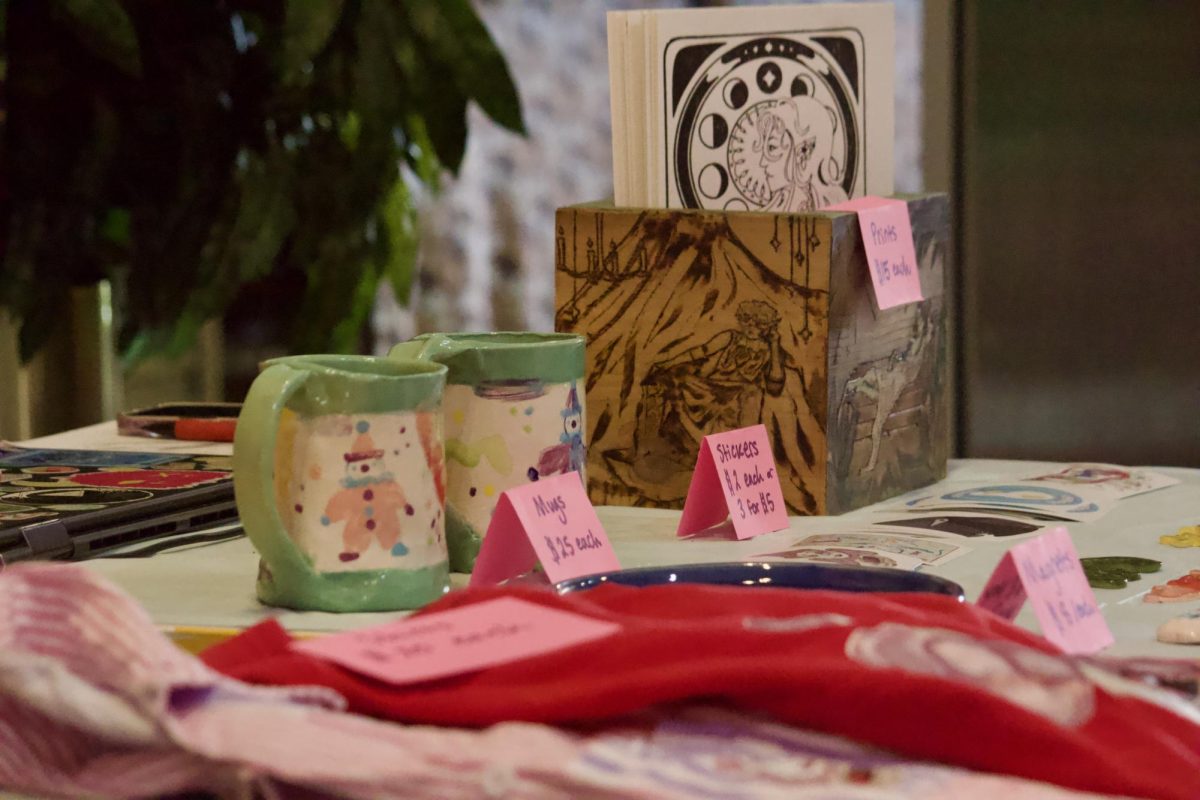
If you’re reading this, there’s a decent chance that you’re one of the estimated 60 percent of college students that get insufficient or poor-quality sleep each night. Lack of sleep can cause impaired learning and thinking, poor coordination and other negative mental and physical effects — yet with heavy workloads and full schedules, how are college students supposed to get our seven to nine hours a night?
One important thing to consider relating to your sleep schedule is that it’s not just the time you spend sleeping that matters, but the quality of sleep as well. REM sleep, the deepest sleep stage, is believed to be the part of sleep in which important brain development occurs. You can do several things to maximize your REM sleep: First of all, try to stop your screen usage 30 to 60 minutes before you go to sleep. Even on “night shift” mode, screens still suppress melatonin, the hormone that regulates sleep-wake cycles. One way in which some students may be able to reduce screen exposure is to organize your homework schedule each day so that the last thing you do before going to bed is an all-paper assignment.
In addition, your sleep quality will be much improved if you can avoid being woken up during the night. Try setting your phone to silent or “do not disturb” mode (and keep it out of reach while you sleep, if possible). If you’re a light sleeper who’s woken up by ambient noise, try listening to white noise on headphones while you sleep (I recommend the free White Noise+ app for this). Finally, try not to go to sleep while intoxicated. Being under the influence of a substance will decrease your ability to get high-quality sleep, even if it feels like it’s easier to get to sleep.
If you take naps during the day, you can use the length of your nap to maximize its effectiveness. If you only have time for a short nap, set your alarm to go off 20 minutes after you fall asleep — this will allow you to remain in light sleep, so you won’t feel groggy when you wake up, but you’ll still feel refreshed and alert. On the other hand, if it’s not too late in the day and you have time for a longer lie-down, a 90-minute nap should take you through one full sleep cycle, so you’ll get some restorative REM sleep but you’ll wake up during light sleep, again avoiding the groggy effect.
This week’s book:
Welcome in the spookiest month of the year with a short story collection with no shortage of creepy-crawlies. Despite its slightly awkward title, Stephen King’s The Bazaar of Bad Dreams (his sixth and most recent collection) shows off its author’s ability to switch genres while maintaining a distinctive voice. Mile 81 and The Little Green God of Agony are vintage King horror, with demonic cars and murderous slime, respectively, while other stories range from near-comedic plots (Ur) to poetry (The Bone Church, Tommy) to Raymond-Carver-inspired darkness (Premium Harmony). In addition, each story comes with an introduction written by King himself, detailing the circumstances in which each story developed.
This week’s music:
During this rainy week, keep your spirits up with Kelly Clarkson’s Meaning of Life. Clarkson’s eighth album moves from the pop-country sounds of her earlier career to a more R&B-influenced soundtrack, with confident, soulful vocals that demonstrate her impressive range and agility. There are few to no dud tracks on this album, even if the lyrics occasionally wander into cliché territory, the songs succeed simply due to the strength of their melodies.
This week’s recipe:
Warm milk with spices
Trouble getting to sleep? Try this recipe for a warm, soothing drink with plenty of calcium, to calm down your sympathetic nervous system, and vitamin C to support serotonin synthesis.
You’ll need:
1 mug milk (I recommend dairy milk, soymilk, or almond milk, but pretty much any kind will work)
Vanilla extract
Sugar or honey
Your favorite spices (I like to use nutmeg or cinnamon, but cardamom, cloves, and anise are also good)
A saucepan or microwave
Heat the milk on the stove until warm to the touch (or heat for one minute in the microwave), then add vanilla and sweetener to taste (I’d suggest two to four drops of vanilla extract and a teaspoon of honey or sugar per cup of milk). After that, add the spices (start small and add more as needed – you can always add spice, but it’s difficult to take away) and continue to stir over medium heat until milk is at the desired temperature, or microwave for one minute and thirty seconds. Pour into your favorite mug and enjoy.




















































